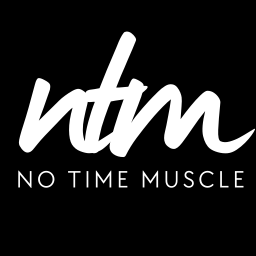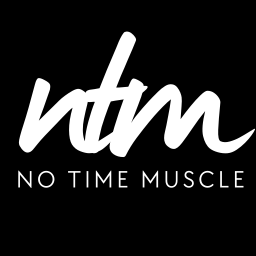How to grow your chest using machines (Example chest workout using machines)


Why train your chest with machines to build muscle?
1 - Greater motor unit recruitment
The greatest benefit of training your chest with machines?
Greater motor unit recruitment.
This is important because, if we want a muscle fibre to grow, we first have to activate it.
Machines allow for greater motor unit recruitment because the nervous system can allocate more of the central motor command to the muscles you actually want to train.
With free weights, you have to stabilize the weight yourself, consciously moving it through 3D space.
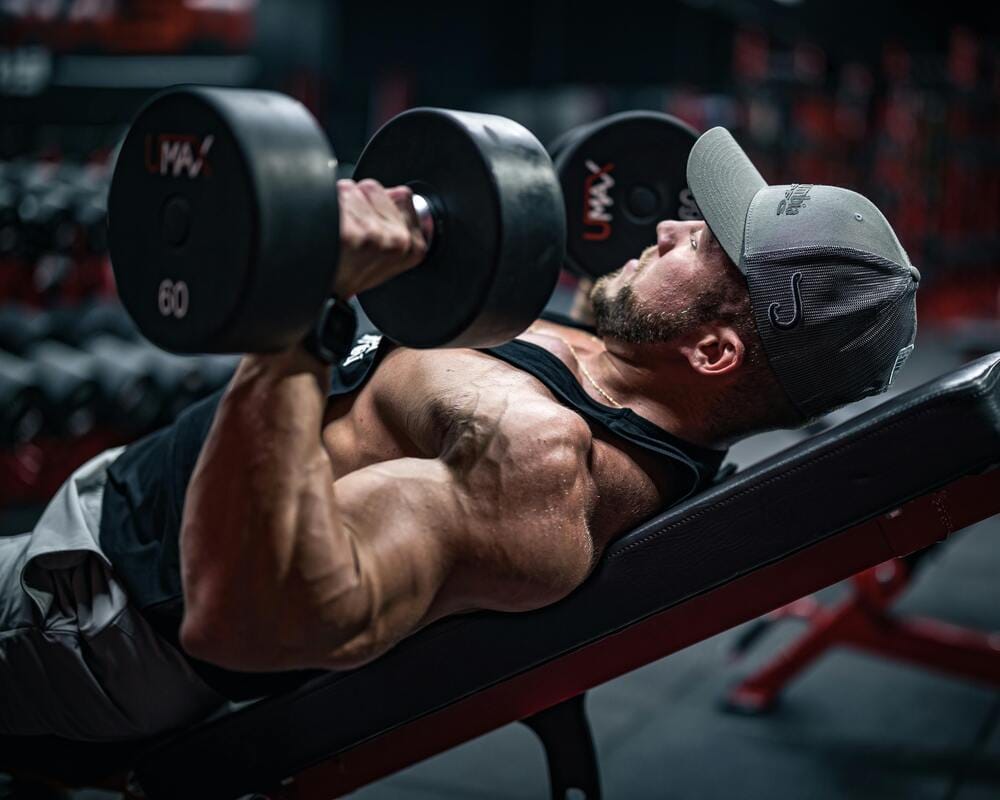
With machines, you just give it everything you’ve got. The machine itself takes care of the movement path through space, as well as the stability aspect.
As a result? Your nervous system can send a stronger electrical signal to the one or two muscles with the best leverage to move the weight. This means you’ll activate more muscle fibres in the muscles you’re training.
Even advanced lifters can see new muscle growth when they do this. In advanced trainees, the only muscle fibres with any growth potential left are the ones that are hardest to activate.
These are the ones controlled by the highest threshold motor units. Most regular workout programming will never be set up well enough to activate them.
2 - Safer when training to, or close to, muscular failure
If you want to build as much muscle as possible, you have to train to, or close to, muscular failure.
This means you perform reps until you literally cannot move the weight any more.
The issue is, freeweight chest exercises, like the bench press, make it very difficult to safely dump the weight once you hit failure. (At least without a spotter.)
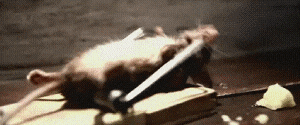
Unlike a back squat or deadlift, where it’s (relatively) easy to dump the weight, when you can’t lift the weight in a flat or incline barbell bench press, you’re pinned against the bench.
When you perform your chest workout using machines, though, you don’t have this problem. There’s no risk of pinning yourself to a bench. Nor do you need a spotter.
With machines, you can safely train closer to failure. This means you’re more likely to train closer to failure, and therefore build more muscle mass.
3 – Isolation exercises become possible
If you wish your chest would grow, but aren’t trying to get really, really strong on isolation exercises for the pecs, you’re shooting yourself in the foot.
Most pressing movements involve:
- Humeral adduction (chest): Bringing the upper arm closer to the midline of the body.
- Elbow extension (triceps): Straightening the elbow.
- Shoulder flexion (delts): If standing, bringing the upper arm parallel to the ground.
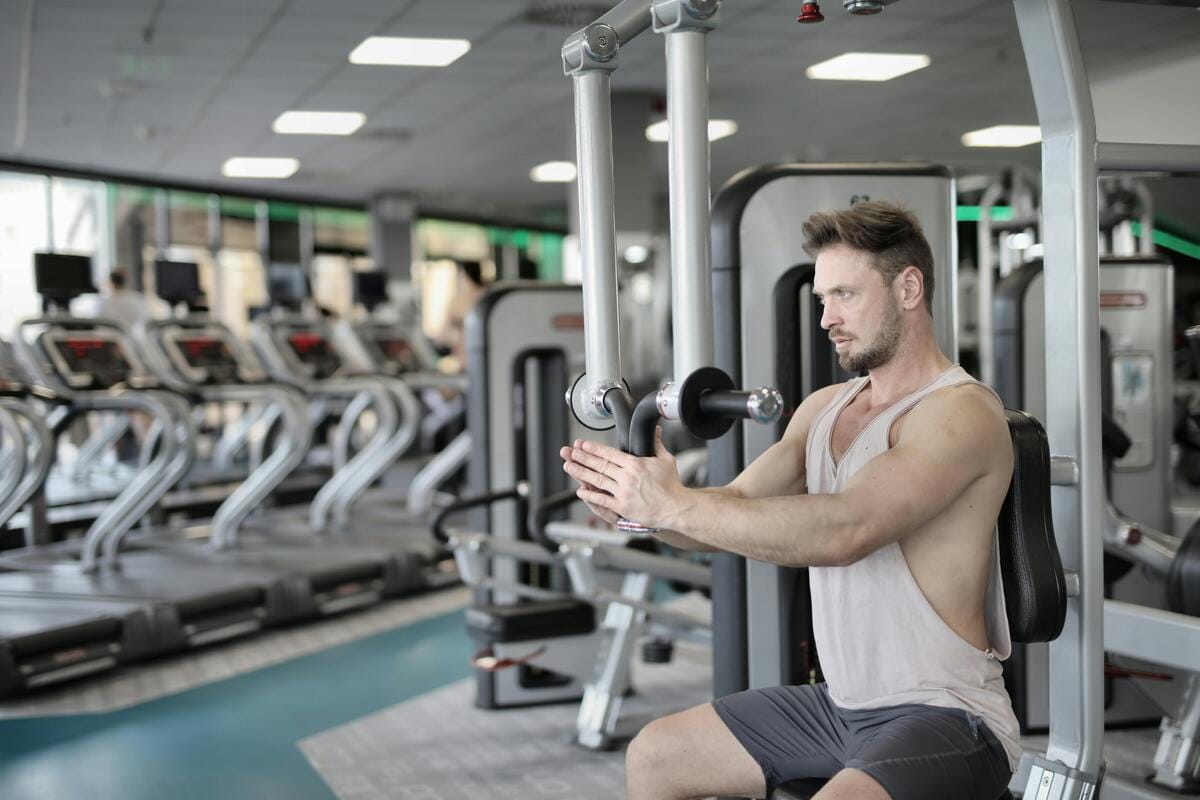
When you eliminate the components of the movement that the triceps and the delts do (as the pec deck machine does, for example), you start to purely train the pec. Under these conditions, it has no choice but to grow.
Plus, individual muscles experience less motor unit recruitment overall (see above) in compound exercises. This might sound counterintuitive, but natural trainees who want to maximize their muscular development need to start doing more isolation exercises.
4 – More muscle growth
The ultimate consequences of greater motor unit recruitment, and being able to take exercises all the way to failure, means more muscle growth.
Remember, if we want a muscle fibre to grow, we have to activate it first. If we want to maximize muscular development, we need to maximize every muscle fibre (including the ones that are hardest to activate). To do that, we need to choose movements that give us the greatest motor unit recruitment.
Once a muscle fibre is active, it needs to experience sufficient mechanical tension. This only happens in the five-or-so reps closest to failure.
If we only use exercises that elicit lower motor unit recruitment in the muscle fibres of the pecs, and don’t take those exercises all the way to failure, because we don’t feel safe, we’ll never maximize motor unit recruitment.
If you’ve hit a wall with your chest training, give the machines in your gym a try.
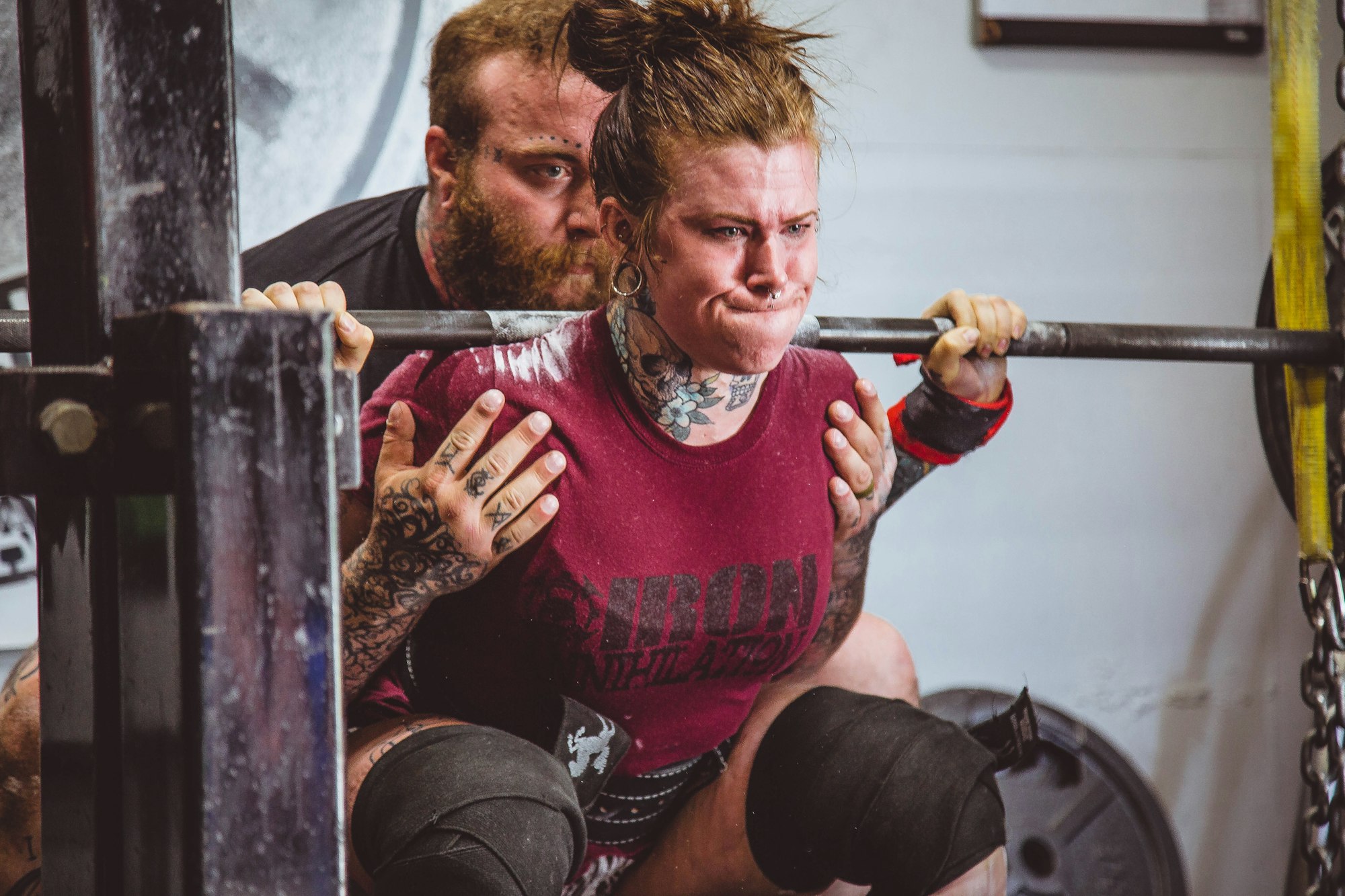
How to set up a chest workout
There are four variations you’ll want to incorporate into your chest training routine:
- Fly variation
- Incline press variation
- Dip variation
- Flat press variation
1 - Fly variations
Exercises like the pec deck machine, and cable crossovers, train purely the humeral adduction function of the pec.
When the arm path is low-to-high, these train shoulder flexion and adduction together, which is exactly what the upper chest (clavicular pec) does.
If your triceps and/or front delt growth is outpacing your chest development, you’ll probably need to pick one or two fly variations and give them some dedicated, serious attention.
Since the elbow doesn’t flex and extend in these exercises, the triceps aren’t involved. Similarly, since the shoulder stays stationary and doesn’t flex, you take out much of the front delt’s involvement, too.
In other words, the chest is essentially the only muscle capable of moving the weight in a fly motion. If your chest is underdeveloped, you’re probably weak on the pec deck and cable fly. Get stronger on these movements, and watch your chest grow.
2 - Incline press variation
If you want to grow your upper chest, you need to perform movements that bring the hands roughly in line with your eyes when you’re sitting vertically
Of course, the resistance has to oppose this particular movement pattern if you want your upper chest to do the work. Low-to-high cable flies work, as do incline presses.
If you want to know what this feels like, sit up straight and raise your arms so your fists are about in line with your forehead. Then, push your hips forward in the seat of your chair, sliding your shoulders down its back, until your arms are perpendicular with the floor.
This is roughly the incline angle you’ll want to achieve.
A simple hack for this, when using machines, is to do this on an overhead press machine. Plate-loaded or selectorized, it doesn’t matter. But slide your hips forward until your elbows are comfortably stacked below your fists on the handles.
When you press up, it’ll look a lot more like an incline press.
Of course, if your gym has a quality incline press machine, you can just use that. Unfortunately, many here in the U.K. do not.
3 - Dip variation
Dips are a massively underrated chest exercise.
They’ll grow your triceps too, of course. But any movement you can load up that
Try this for a second: sit up straight, and let your hands hang by your sides. Make a fist with each hand, and then drive your fists forward over your knees, trying to reach as far as you can.
You’ll be in a position much like an extremely declined press. This is exactly what a dip is. The arms are almost down by your sides, but when you lean forward, you create this decline-press position.
So - why train the dip rather than a decline press?
Simply because dips are probably better at training the long-head of the triceps.
Now, this is an article about putting together an amazing chest workout using only machines. That means, if we’re being true to the angle of the article, you’ll be using the dip machine here.
There’s nothing wrong with this at all. With the dip machine, you’ll be able to standardize your body and arm positions across every rep of the set much more than you’d be able to with regular dips.
4 - Flat press variation
To be honest, this is much less necessary if you have the first three variations, the fly, incline press, and dip variation in place. You’re already working all three heads of the pec, and limiting the involvement of the delts and triceps.
But most people like flat pressing. It’s where we’re all strongest. You’ll be able to move the most weight, and that just feels good.
That said, there’s no part of your chest you won’t be able to target just as well (if not better) with the other variations in this list. Especially if you feel your chest is lagging behind other body parts.
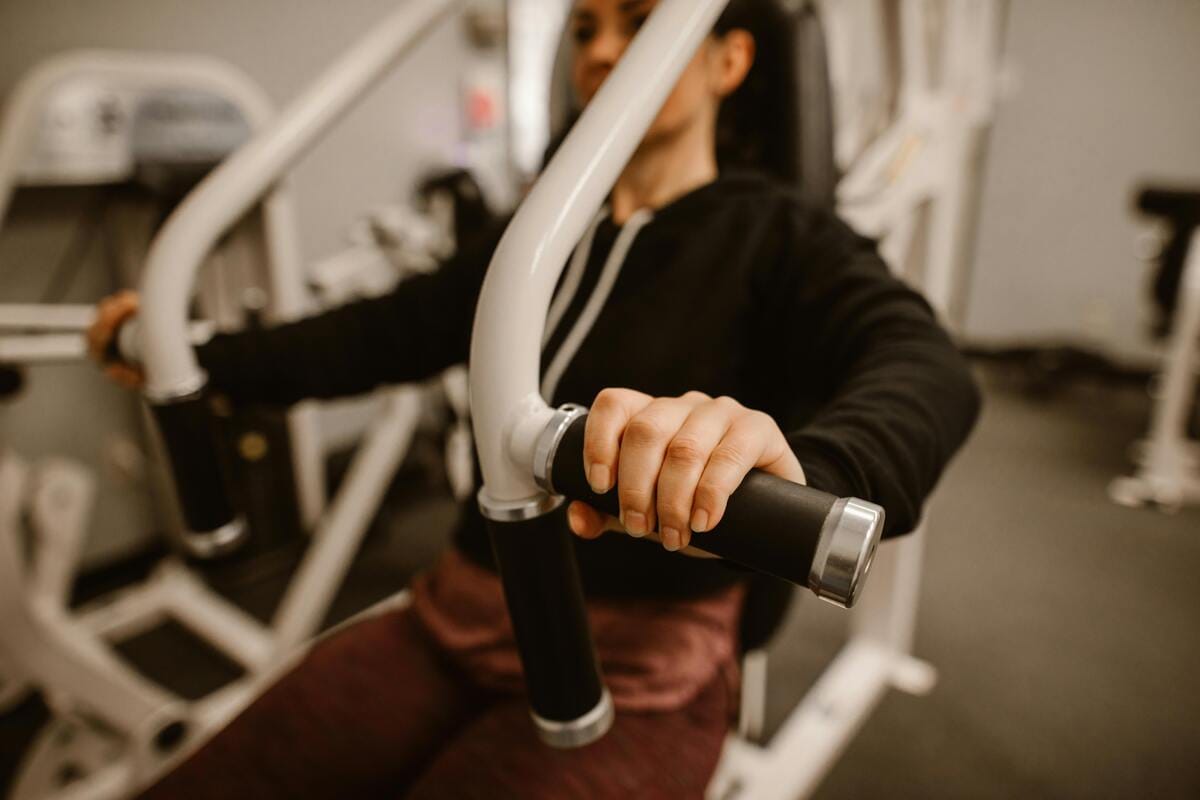
14 best chest exercises using machines
Categorized by variation
• Fly variations
- Pec deck
- Cable crossover
- Standing cable flies (Mid-to-mid, low-to-high, high-to-low)
- Bench cable flies (mid-to-mid, low-to-high)
Pec deck
• Incline press variations
- Plate loaded machine incline press
- Selectorized machine incline press
- Angled selectorized overhead press incline press
- Smith machine incline press
Plate loaded machine incline press
• Dip variations
- Dip machine
- As you get stronger, you may need to cinch yourself into a seat with a seatbelt (like this one by GymPin).
- High-to-low cable press
- (Not a machine) Weighted dips
Machine dips
• Flat press variations
- Plate-loaded machine chest press
- Selectorized chest press
- Unilateral selectorized chest press
- Smith machine flat bench press
Plate-loaded machine chest press
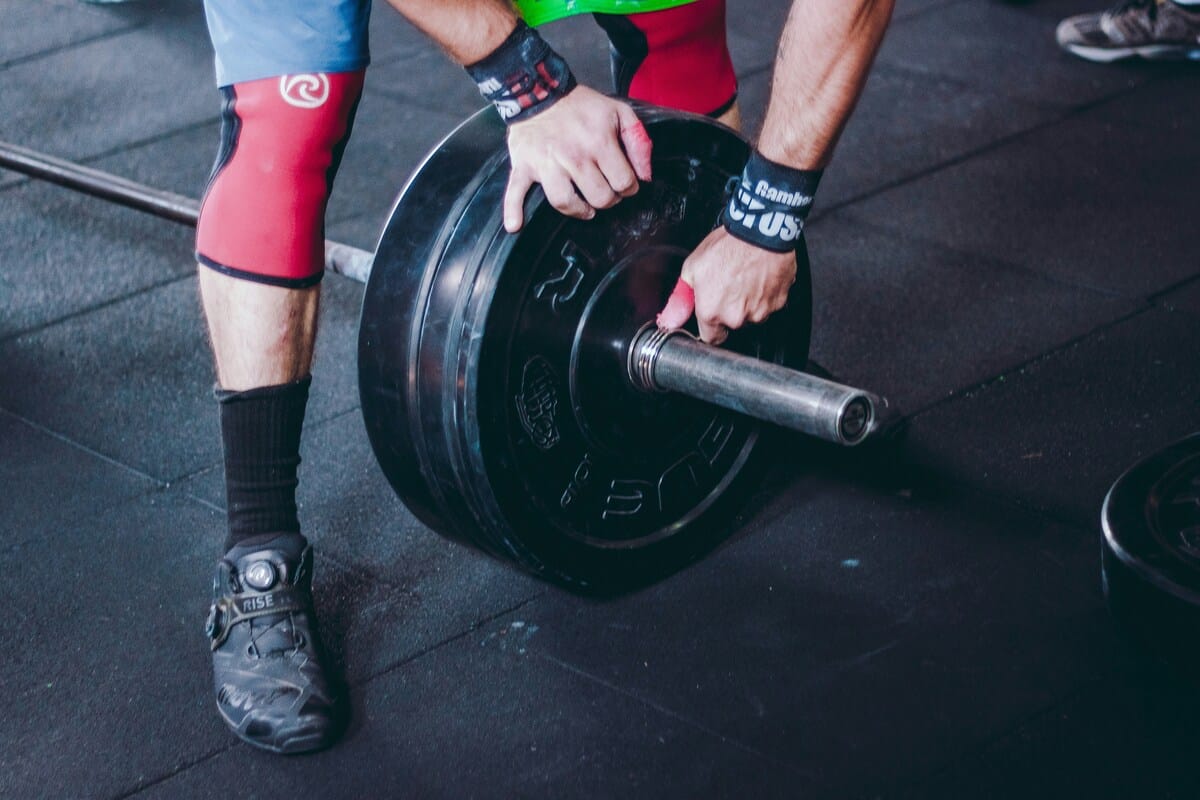
Categorized by chest area:
• Mid chest
- Plate-loaded machine chest press
- Selectorized chest press
- Unilateral selectorized chest press
- Smith machine flat bench press
- Pec deck
- Cable crossover
- Standing cable flies (mid-to-mid)
- Bench cable flies (mid-to-mid)
• Lower chest
- Dip machine
- As you get stronger, you may need to cinch yourself into a seat with a seatbelt (like this one by GymPin).
- High-to-low cable press
- (Not a machine) Weighted dips
• Upper chest
- Plate loaded machine incline press
- Selectorized machine incline press
- Angled selectorized overhead press incline press
- Smith machine incline press
Example machine chest workout
Here’s an example chest workout optimized for a natural trainee.
It’s simple, and designed to generate relatively little fatigue. It’ll hit all heads of the pec, and work all of its functions. It also emphasizes fly-based movements. (If your chest is lagging, it’s wise to use more movements that remove the delts and triceps from the equation.)
- Pec deck x 2
- Seated incline cable fly x 2
- Incline plate loaded machine press x 1
- Dip machine x 1
Guidance notes:
- Perform the exercises listed for the number of sets listed.
- Perform all sets to failure.
- If you get more than 10 reps, increase the weight next time.
- If you get fewer than five reps, decrease the weight next time.
Remember to progressively overload the movement each week.
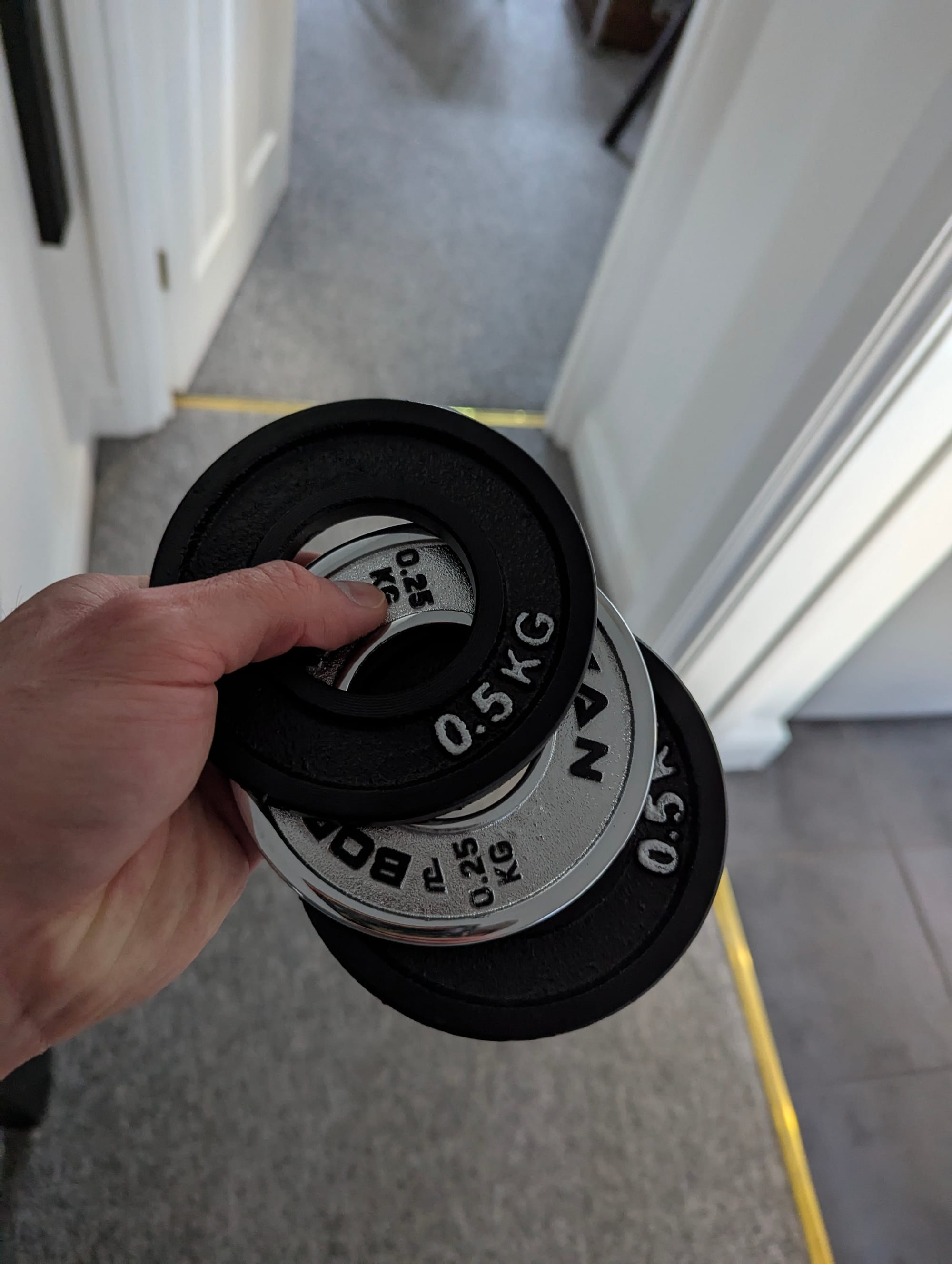
Is a dedicated chest day necessary?
I wouldn’t recommend any natural trainee who’s remotely busy performs “chest workouts”. The kinds of workout splits that include a dedicated chest day usually look something like this:
- Mon: Chest
- Tue: Back
- Wed: Legs
- Thu: Rest
- Fri: Shoulders
- Sat: Arms
- Sun: Rest
Some variations skip the rest days altogether and have you working out back-to-back.
The issue is frequency. You’re not hitting each muscle group often enough to maximize your rate of growth.
Ideally, you’d hit each muscle group at least twice a week. While your chest might get some indirect work on your shoulder day, it’s unlikely to be sufficient.
If you’re an advanced trainee with a lagging chest, there are a couple of better options:
- Add a dedicated chest day to your existing workout split.
- Perform one dedicated chest exercise in most of your workouts.
For my money, the second option is better.
If frequency is king, and you’re hitting your chest frequently, but performing low enough volume to avoid accumulating too much fatigue, you’ll be triggering a growth response in your chest so frequently that it’ll almost never not be growing.
Want to be able to lose weight and not worry about what you eat?
If you want to lose weight, but all your efforts seem impossible, it’s because you’re missing the secret cheat code that flips the dieting equation on its head.
Most people try to either eat less, or move more.
But it’s so easy to eat just a little too much. And cardio is both time-consuming and boring.
I've put together a free resource that'll teach you the 8 timeless principles I repeatedly use to drop 20+lbs of fat at will.
Stop stressing about what to eat. Start eating the right way, and learn how to align your mindset, lifestyle, and eating habits with your weight loss goals.


